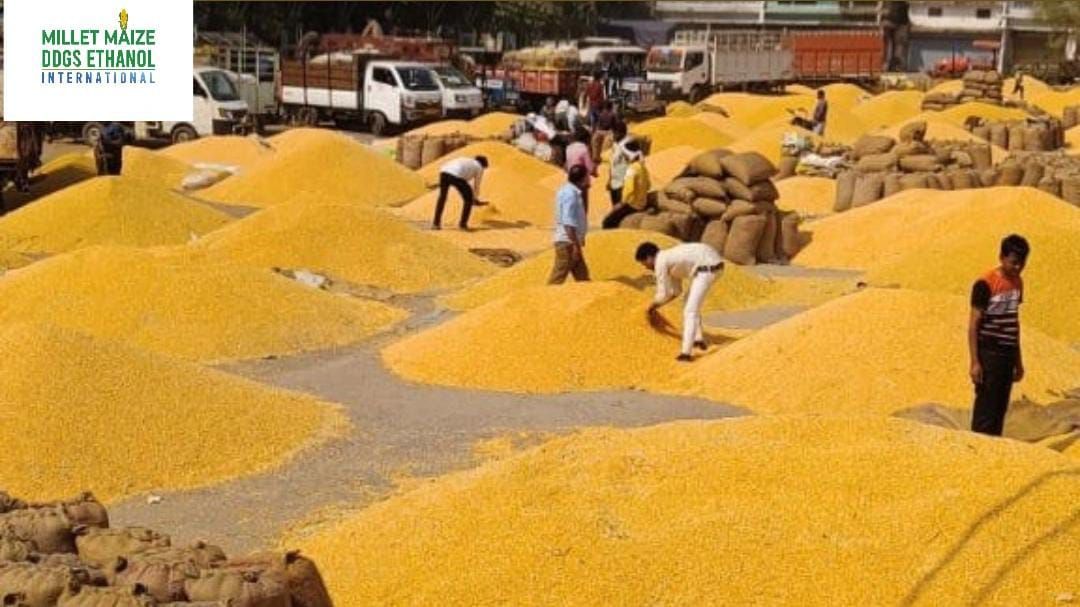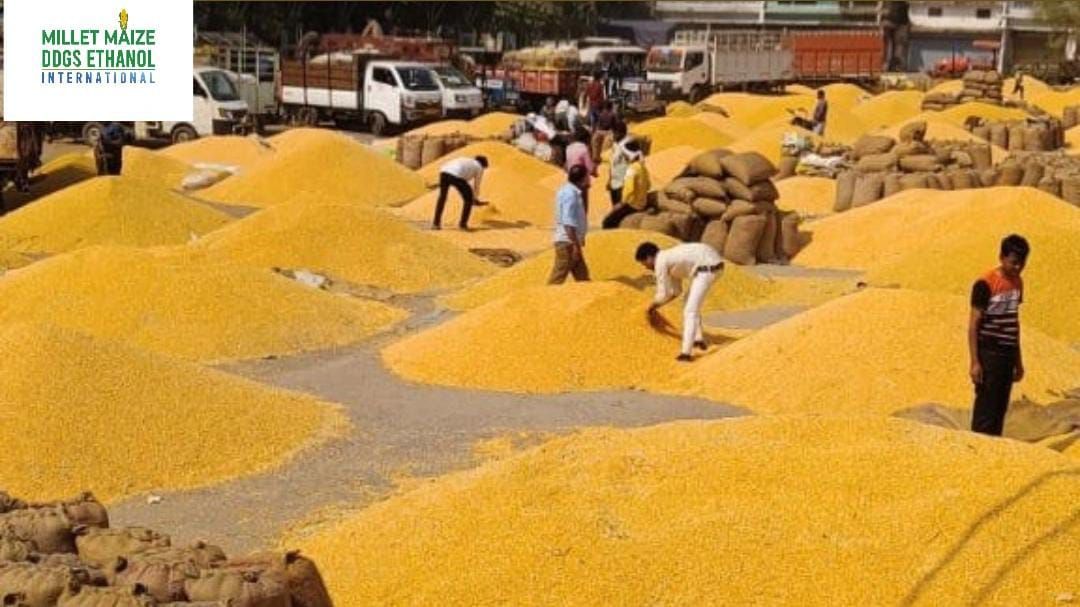
India's ambitious push towards ethanol blending has seen a significant shift, with maize emerging as a central feedstock. The government's E20 program, aiming for a 20% ethanol blend in petrol by 2025, has accelerated this transformation.
In the 2025-26 kharif season, maize cultivation in India expanded to 91.89 lakh hectares, marking a 10.5% increase from the previous year and a 16.3% rise above the five-year average. This surge is attributed to favorable market prices and the growing demand for maize in ethanol production.
Ethanol derived from maize offers a higher procurement price—₹71.86 per litre—compared to ethanol from sugarcane-based sources, making it an attractive option for distilleries. This pricing advantage, coupled with policy support, has led to a strategic shift towards maize as a primary feedstock .Notably, Maharashtra's government has authorized single-feed distilleries to operate as dual-feed, allowing them to utilize grains like maize and broken rice. This policy change enables year-round operations, benefiting maize farmers and boosting ethanol production.
While the ethanol push has bolstered maize production, it has also raised concerns about food and feed security. The diversion of maize from food and animal feed purposes to ethanol production has led to increased prices for staples like wheat and created shortages in livestock feed. Additionally, the expansion of maize cultivation has resulted in reduced areas for other essential crops, such as oilseeds and pulses, potentially impacting nutritional security.
The rise of maize as a dominant crop has led to a decline in the cultivation of crops like cotton and soybeans. Farmers are increasingly prioritizing maize due to its profitability linked to the ethanol program, altering traditional agricultural patterns.
India's ethanol strategy, with maize at its core, presents a complex interplay between energy goals and agricultural dynamics. While it offers economic benefits and energy security, careful management is essential to mitigate potential risks to food and feed systems.



